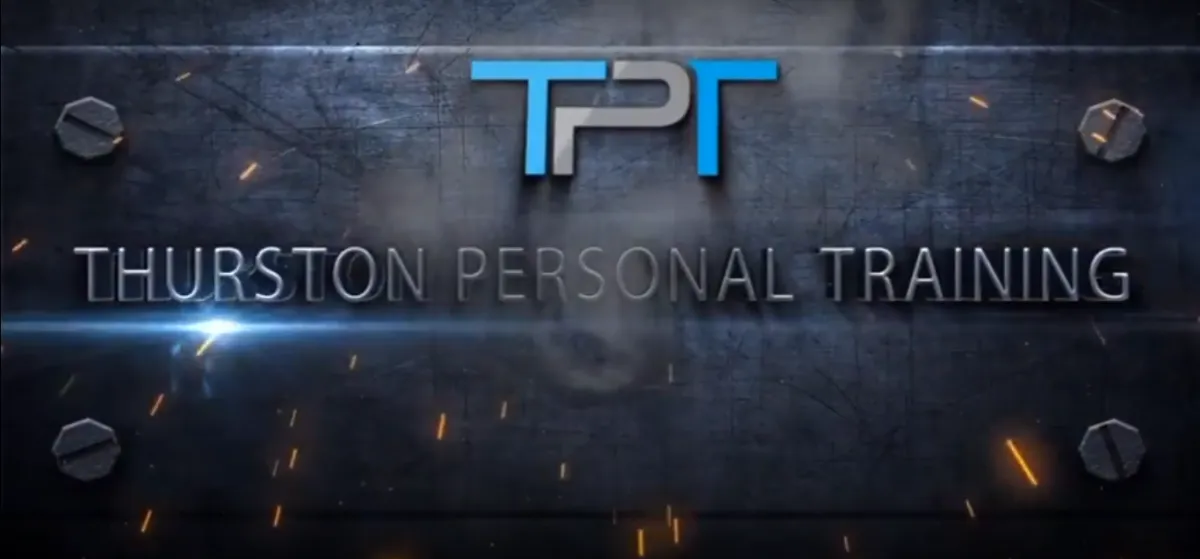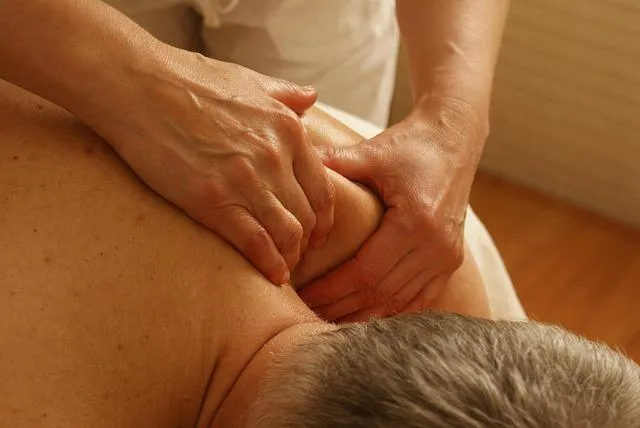Trainer Arizona Fitness Blog

Welcome to Trainer Arizona fitness blog, A divsion of Thurston Personal Training.
Where we're dedicated to providing you with informative and engaging content to support your fitness journey. Whether you're a beginner looking for tips on getting started or a seasoned gym-goer seeking new workout ideas, our fitness articles cover a wide range of topics to help you achieve your goals.
From nutrition advice to workout routines and motivational stories, our personal training blog is your go-to resource for all things fitness. Based in Phoenix, Arizona, our team of experienced personal trainers brings you expert insights and local fitness events to keep you motivated and inspired. Stay tuned for regular updates and join us on the path to a healthier, happier you!

Benefits of Massage Therapy after a Workout
Many sports and fitness enthusiasts are including massage therapy as part of their conditioning programs. Massage has become an important part of the new athletic training program from sports medicine clinics, to professional locker rooms, to private training studios across the country. A growing number of personal trainers and health-care professionals believe that massage can provide the “extra edge” to those who participate in exercise, weight training, and high performance sports, and it is quickly becoming a key component for a complete workout.
Benefits of Sports Massage
Physiological Benefits of Sports Massage
The physiological benefits of Sports Massage make it the ideal addition to any total conditioning program, as more and more people are experiencing the benefits of massage and finding that a complete workout routine includes not just the exercise itself, but also caring for the wear and tear and minor injuries that can naturally occur with strenuous movement. Muscles that are heavily exercised can lose the ability to relax, which can cause pain, chronically tight muscles, and decreased flexibility. Lack of flexibility is a cause for muscle soreness and can contribute to injuries, especially muscle tears or pulls during a workout. Tight muscles also restrict blood flow, which can cause pain.
Stress Recovery
Sports Massage helps the body recover quickly from the stresses of strenuous exercise and speeds the rebuilding phase of muscle conditioning. It also alleviates pain and stiffness associated with delayed muscle soreness which can occur 24-48 hours after a workout. This may be caused by several factors, including minor muscle or connective tissue damage, a buildup of waste products or metabolites such as lactic acid, or a muscle spasm that reduces blood flow to the area delaying recovery and removal of the waste products.
Pain Relief
Sports Massage can also relieve pain and decreased flexibility that is caused by a trigger point. A trigger point is a painful condition that can result from strenuous exercise by causing soreness and restricting range of motion. A trigger point is a specific spot in a tendon or muscle that is painful to the touch. The pain may radiate to other areas of the muscle, and sometimes can travel through the entire muscle causing pain in other areas as well. Trigger points usually develop over time from the strain of heavy physical exertion or from repeated use of a particular muscle or group of muscles. They are commonly known as “knots”, but are actually small areas of spasm within the muscle. Left untreated, trigger points can lead to painful and restricted movement of entire body regions. Sports Massage is an excellent way to relieve trigger points and restore muscles to their optimum range of pain-free motion and flexibility.
Sports Massage usually includes the use of the following techniques:
Compression Massage
rhythmic pressure into muscles to soften connective tissue; used as a warm up for deeper, more specific massage work
Deep Tissue Massage
muscle-specific manipulation techniques
Cross Fiber Massage
friction techniques used to create a stretching and broadening of large muscle groups and deep transverse friction used to help create strong, flexible repair during the rebuilding phase
Trigger Point Massage
specific thumb/finger pressure into tender points in muscle and connective tissue to reduce spasm, sensitivity and referred pain
Lymphatic Massage
stimulation of lymph drainage pathways which improves removal of lactic acid and waste products
There are 3 main areas of Sports Massage- maintenance, event, and rehabilitation.
Maintenance massage
is based on the therapist’s knowledge of anatomy and kinesiology combined with the knowledge of what muscle groups are used for specific sports and what the common areas of injury are. By focusing on particular muscle groups, a massage therapist can help an athlete maintain and improve muscle flexibility and range of motion. The overall objective is to help the athlete reach optimal performance with injury-free training.
Event massage
Can be broken into 3 phases: pre-event, intra-event, and post-event. Pre-event massage is usually given 4 hours before an event to improve performance and help decrease injuries. It enhances the competitor’s warm up routine. Intra-event massage is given between events or in time-outs to help athletes recover from the previous activity and prepare for the next activity. It is short and focuses solely on the major muscles used for the event. Post-event sports massage is given after an event and is focused on recovery. It helps reduce muscle spasms and metabolic build-up that occurs with vigorous exercise.
Rehabilitation massage
helps repair muscles injured during an event or competition. Even with preventive maintenance, muscles can cramp, tear, bruise, and ache. Sports Massage can speed healing and reduce discomfort, and soft tissue manipulation techniques used by massage therapists are effective ways to manage acute and chronic injuries.
You may also have your own specific problem areas, such as low back pain, shoulder pain, or other unique trouble spots, possibly from past injuries. A massage therapist will pay close attention to those areas, help keep them in good condition, and monitor for any developing issues. An experienced massage therapist can also enhance treatment received from personal trainers or other health care professionals.
For more information on the benefits of massage therapy, or to schedule a massage, call Steven Quagliano, LMT of “The Body Mechanic” at 480.201.9112
